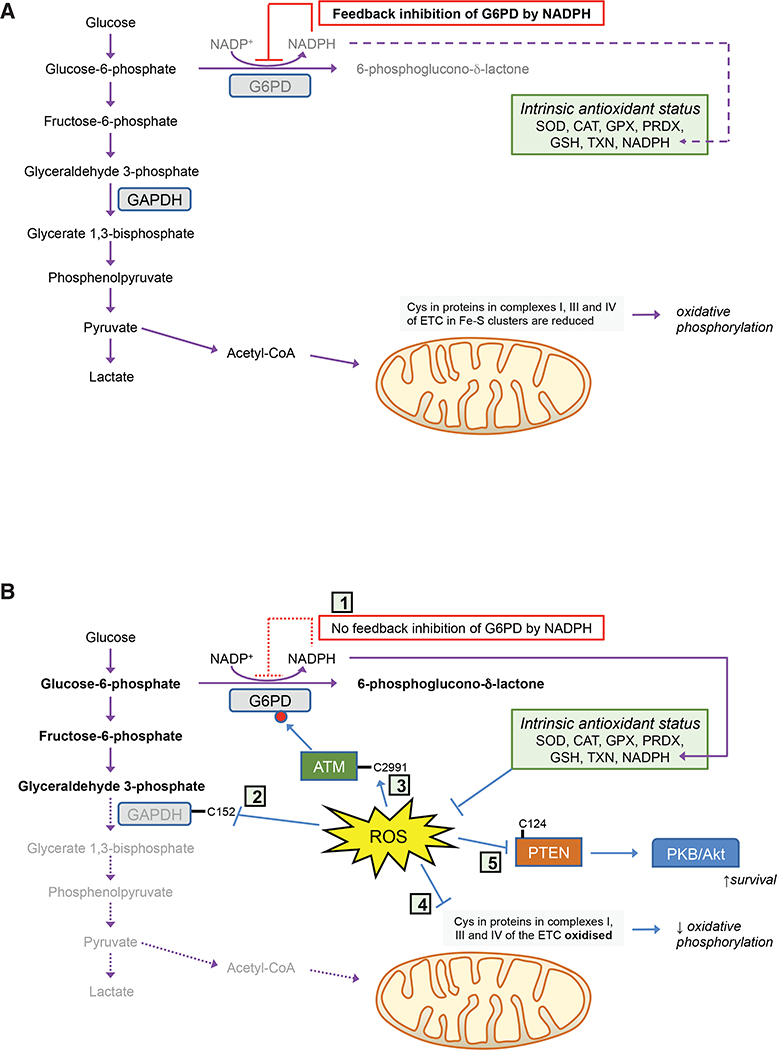Figure 1. Metabolic Responses to Acute Oxidative Stress.
In cells under normal redox homeostatic conditions (A), glucose is principally oxidized by glycolysis to pyruvate, and via acetyl-CoA through the tricarboxylic acid cycle, with G6PD inhibited by NADPH and minimal flux through the PPP. However, upon acute oxidative stress (B), feedback inhibition of G6PD by NADPH is greatly diminished (1) and Cys residues in GAPDH (2), ATM (3), and complexes I, III, and IV of the electron transport chain (4) are oxidized, a combination of circumstances that result in inhibition of glycolysis, phosphorylation of G6PD, and increased metabolism through the PPP. Moreover, oxidation of Cys residues in PTEN (5) causes activation of PKB/Akt, resulting in increased cell survival.

